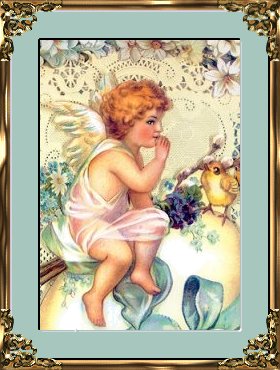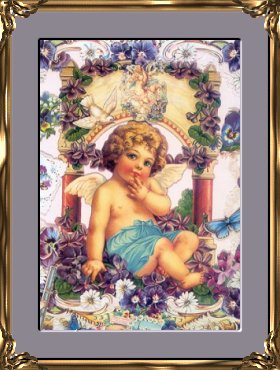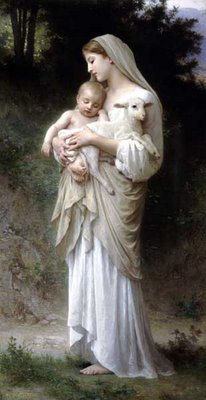Victorian Chrubs Images

Victorian Culture
This inescapable sense of newness resulted in a deep interest in the relationship between modernity and cultural continuities. Gothic Revival architecture became increasingly significant in the period, leading to the Battle of the Styles between Gothic and Classical ideals.
Charles Barry's architecture for the new Palace of Westminster, which had been badly damaged in an 1834 fire, built on the medieval style of Westminster Hall, the surviving part of the buiding. It constructed a narrative of cultural continuity, set in opposition to the violent disjunctions of Revolutonary France, a comparison common to the period, as expressed in Thomas Carlyle's The French Revolution and Charles Dickens's A Tale of Two Cities. Gothic was also supported by the critic John Ruskin, who argued that it epitomised communal and inclusive social values, as opposed to Classicism, which he considered to epitomise mechanical standardisation.
The middle of the century saw the Great Exhibition of 1851, the first World's Fair and showcased the greatest innovations of the century. At its center was The Crystal Palace, an enormous, modular glass and steel structure -- the first of its kind. It was condemned by Ruskin as the very model of mechanical dehumanisation in design, but later came to be presented as the prototype of Modern architecture.

The emergence of photography, which was showcased at the Great Exhibition, resulted in significant changes in Victorian art. John Everett Millais was infuenced by photography (notably in his portrait of Ruskin) as were other Pre-Raphaelite artists. It later became associated with the Impressionistic and Social Realist techniques that would dominate the later years of the period in the work of artists such as Walter Sickert and Frank Holl.















0 Comments:
Post a Comment
<< Home